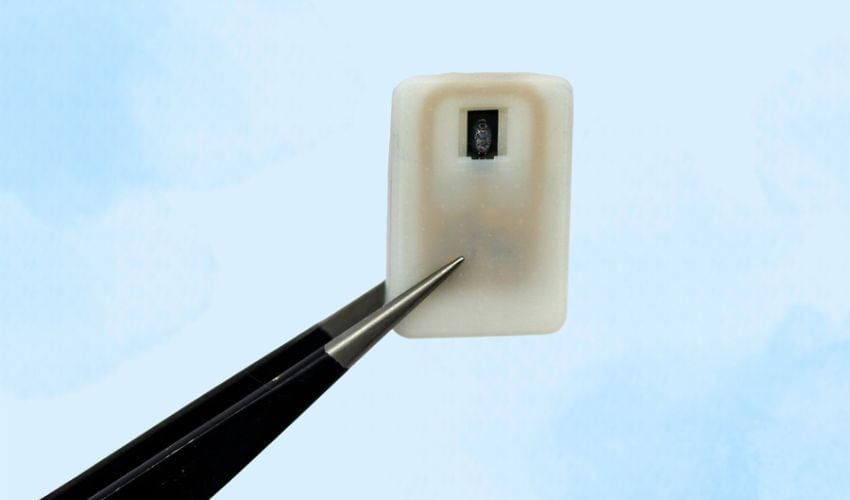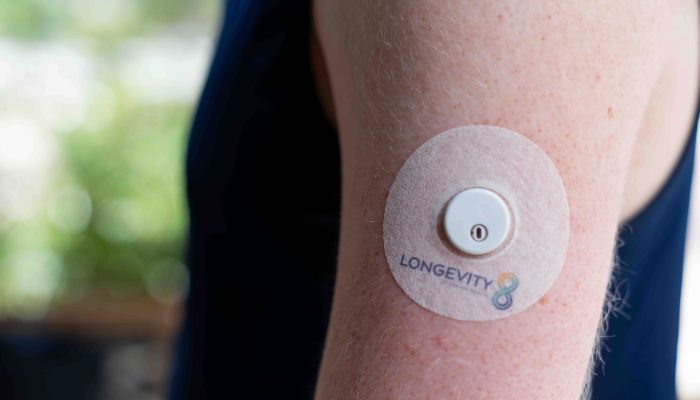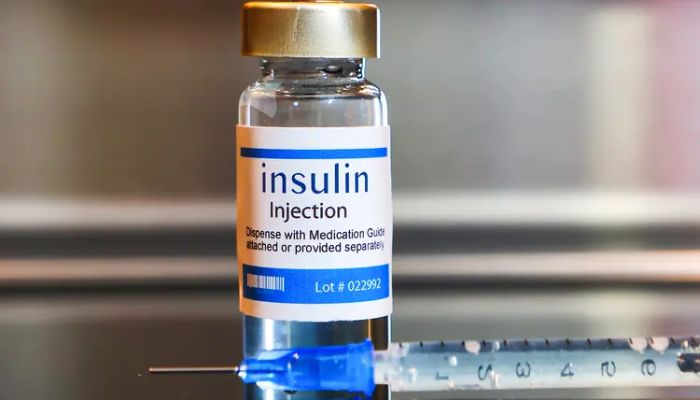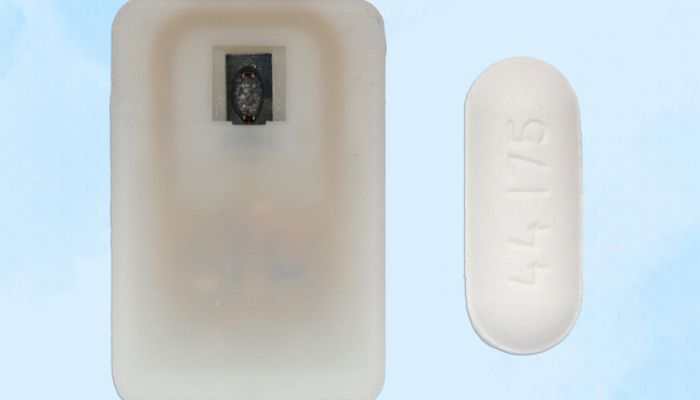A New 3D-Printed Implant Could Help Prevent Hypoglycemia

Researchers at the Massachusetts Institute of Technology (MIT) have developed an innovative medical implant that can protect people with type 1 diabetes from dangerous drops in blood sugar during emergencies, a condition known as hypoglycemia. The small 3D-printed implant contains the hormone glucagon, which is automatically released into the body when needed.
Diabetes is one of the most common chronic diseases worldwide. In Germany, about 10% of adults are affected, and around 90% of them have type 2 diabetes. People with type 1 diabetes, whose bodies no longer produce their own insulin, are at particular risk of developing hypoglycemia. This occurs when blood sugar levels drop too low. In severe cases, it can lead to seizures, unconsciousness, or even death.

The new implant can be connected to a glucose monitor (Photo Credit: USA Today)
A Typical Day in the Life of Someone with Type 1 Diabetes
People with type 1 diabetes must inject insulin every day to keep their blood sugar levels stable. In some cases, however, this can lead to hypoglycemia. When that happens, glucagon usually has to be injected to trigger the liver to release glucose into the bloodstream. But not all patients recognize the warning signs in time.
“Some patients can sense when they’re getting low blood sugar, and go eat something or give themselves glucagon,” explains MIT professor Daniel Anderson. “But some are unaware that they’re hypoglycemic, and they can just slip into confusion and coma. This is also a problem when patients sleep, as they are reliant on glucose sensor alarms to wake them when sugar drops dangerously low.” This is where the new implant comes in. It is placed under the skin and acts as a kind of medication reservoir. In an emergency, it can automatically release glucagon, either through a connected blood glucose monitor or by manual activation.

Injecting insulin can cause hypoglycemia (Credit Image: Getty Images)
A Closer Look at the Device
The structure, about the size of a quarter, was developed using 3D-printed polymers. Inside is a reservoir protected by a shape-memory alloy made of nickel and titanium. This special alloy changes shape at around 40 degrees Celsius, allowing the medication to be released. Because glucagon in its natural form remains stable in the body only for a short time, the researchers developed a stable powdered version of the hormone that can be stored in the reservoir for extended periods. Each implant can hold up to four doses.
“Our goal was to build a device that is always ready to protect patients from low blood sugar. We think this can also help relieve the fear of hypoglycemia that many patients, and their parents, suffer from,” Anderson emphasizes. The implant could be especially helpful for children who cannot give themselves an injection in an emergency. It could also automatically treat nighttime hypoglycemia.








